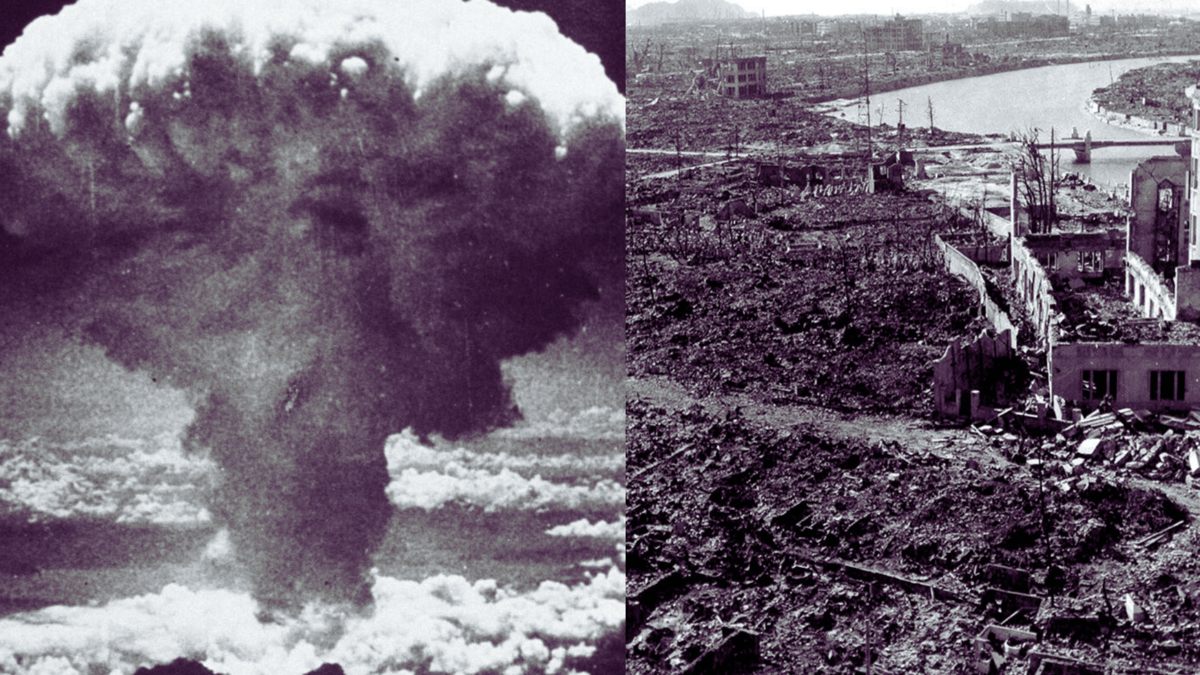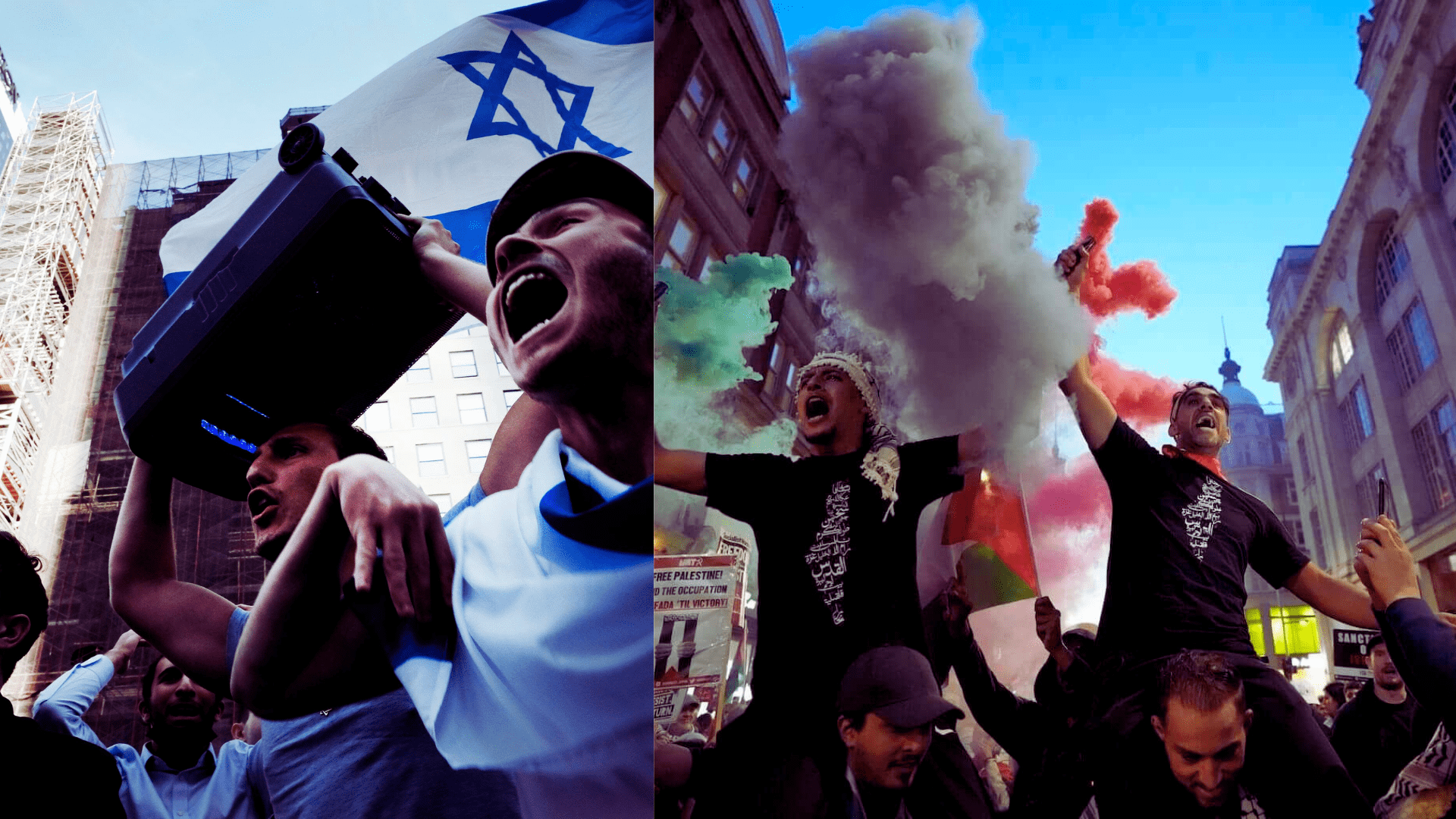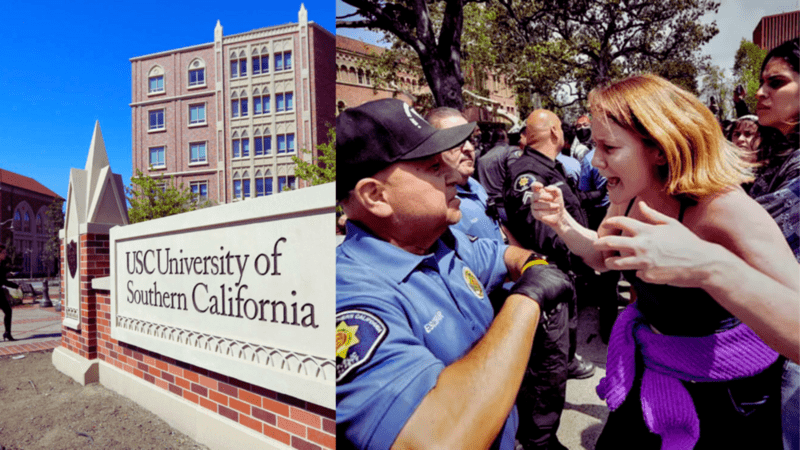Hiroshima was chosen as the primary target for the atomic bombing for several critical reasons. Strategically, it was an important economic and military hub that had remained relatively untouched by previous air raids, making it a prime location to measure the bomb’s effects accurately. The city’s size made it possible to demonstrate the atomic bomb’s devastating potential by flattening it with a single explosion. Additionally, selecting a target that had suffered little from conventional bombing ensured the impact could be attributed solely to the atomic bomb, eliminating any arguments that the damage might have come from other sources.
The Strategic Importance of Hiroshima
The Decision-Making Process
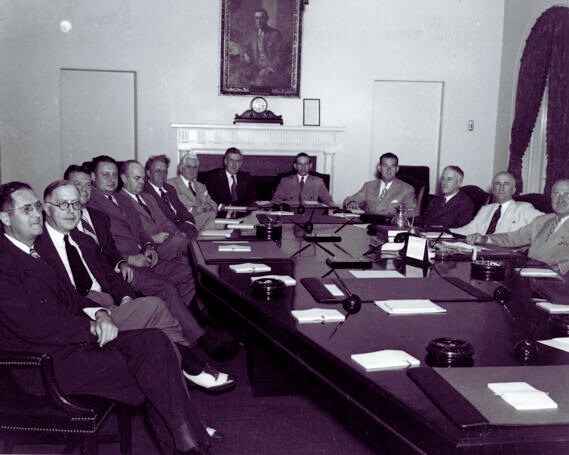
The decision to use the atomic bomb against Hiroshima was multifaceted, influenced by military, political, and moral considerations. Hiroshima was selected as a target due to its strategic importance as a military hub and its relatively undamaged state, which would allow the effects of the atomic bomb to be clearly measured. The saturation and firebombing of other Japanese cities had already caused extensive destruction and civilian casualties, yet Japan remained determined to continue the war. The American leadership, including President Harry Truman, sought a decisive action that would force Japan’s surrender and end the war quickly while minimizing further American casualties. There was also a strategic consideration to demonstrate the bomb’s devastating power ahead of post-war geopolitical negotiations, The complex interplay of these factors led to the catastrophic bombing of Hiroshima on August 6, 1945.
Key Figures Involved
The decision to bomb Hiroshima involved several key figures, with President Harry S. Truman at the forefront. After taking office following President Franklin D. Roosevelt’s death, Truman faced the monumental decision of whether to use the atomic bomb against Japan. His decision was influenced by the advice and perspectives of military and scientific leaders involved in the Manhattan Project and strategic planning.
General Leslie Groves and scientist J. Robert Oppenheimer were instrumental in the development and readiness of the atomic bomb. Military leaders, such as General Henry H. Arnold and Admiral William Leahy, also played roles in discussing the bomb’s potential use and strategic implications.
Alternative Targets Considered
During the decision-making process regarding the atomic bombings, several criteria were established for selecting targets. These criteria included the requirement for the target to be a significant urban area with high military strategic value and the potential for the bomb to cause effective damage. Hiroshima was ultimately chosen for its military and industrial significance and because it had remained relatively untouched by previous bombing raids, allowing for a clear assessment of the bomb’s effectiveness.
An alternative option considered was demonstrating the atomic bomb’s power on an uninhabited or less populated island to compel the Japanese to surrender without causing massive civilian casualties. However, this idea was ultimately rejected in favor of direct military use against a strategic target to decisively end the war.
The Role of Hiroshima in Japan’s War Effort
Military Significance
Hiroshima held considerable military significance for Japan during World War II, serving as a critical center for military activities. The city was a major assembly area for troops, reflecting its strategic importance in Japan’s war effort. Additionally, Hiroshima hosted the headquarters of the Japanese army responsible for defending the island of Kyushu, alongside housing various war industries, which made it a key target for the Allied forces. Its role extended to dispatching troops, indicating its importance not only as a military hub but also for logistics and operations during times of war. Despite its vibrant civilian life, the presence of military-related industrial facilities, an army headquarters, and troop-loading docks underscored Hiroshima’s dual role as a significant military target and a populous city.
Industrial Contribution
Hiroshima’s industrial sector played a significant role in Japan’s war effort during World War II. Before the war, Hiroshima Prefecture was already recognized for its key industries, making it an important component of the national economy and the war machine. The manufacturing industry, in particular, was vital, contributing extensively to the military’s needs and the broader war effort. Despite the devastating impact of the atomic bombings, which immediately killed a significant portion of Hiroshima’s population and destroyed its infrastructure, the city’s pre-war industrial capacity underscores its strategic importance. Furthermore, Japan’s wartime economy, including Hiroshima’s contributions, was marked by substantial growth, driven by the expansion of industrial production to meet military demands, highlighting Hiroshima’s role not just as a military target but as a crucial industrial hub in Japan’s war effort.
Technical Considerations for the Bombing
The Bomb’s Specifications
The atomic bomb dropped on Hiroshima, known as “Little Boy,” utilized a gun-type design. This design was relatively straightforward: it involved shooting a piece of uranium-235 into another piece to achieve a supercritical mass and an ensuing nuclear explosion. The simplicity of the gun-type mechanism made “Little Boy” not only the first atomic bomb used in warfare but also underscored its devastating efficiency with no prior testing required for this specific design. The bomb contained uranium-235, distinguishing it from the plutonium-239 used in the Nagasaki bomb. Approximately 140,000 people were killed in Hiroshima, a testament to the bomb’s lethal efficiency.
Why Hiroshima’s Geography Mattered
Hiroshima’s geography was a significant factor in its selection as a target for the atomic bombing during World War II. Located on the deltas of southwestern Honshu Island and facing the Inland Sea, Hiroshima presented a large urban area that combined civilian with militarily significant facilities, making it strategically valuable for demonstrating the bomb’s destructive power. The city’s relatively flat terrain contributed to the bomb’s devastating effect, as the lack of geographical barriers allowed for the explosive force to spread more evenly and cause extensive damage. This flatness also assisted in the bombardier’s aim, making the target visually distinctive and easier to hit, in contrast to potential targets with more complex terrains.
Ethical and Historical Debates
The Controversy Surrounding the Decision
The decision to use atomic bombs on Hiroshima and Nagasaki has ignited extensive ethical, legal, and military debates that persist to this day. Supporters argue that the bombings were necessary to hasten the end of World War II, saving countless lives by avoiding a protracted and bloody ground invasion of Japan. They view the decision as a difficult but strategically justified act of war. Critics, however, consider the bombings as a disproportionate use of force, questioning the morality and legality of targeting civilian populations with such devastating weapons. This camp often labels the bombings as war crimes or even genocide, highlighting the immense human suffering they caused. The debate encompasses not only the necessity and effectiveness of the bombings in achieving military objectives but also the ethical implications of nuclear warfare and the long-term impact on global peace and security.
Impact on Civilian Population
The impact of warfare on civilian populations has intensified ethical and historical debates. Innovations in military technology, such as remote-controlled warfare, cyber warfare, and autonomous weapons, have blurred traditional battle lines and brought the realities of war closer to civilian life. These advancements raise complex ethical questions about the morality of such warfare methods. Additionally, the strategic bombing campaigns of World War II marked a significant shift in military strategy, demonstrating the United States’ technological capability to inflict unprecedented death and destruction on civilian populations. This has led to a persistent norm against targeting civilians, emphasizing the need for ethical considerations in warfare to protect innocent lives. Moreover, the experience of war profoundly affects individuals’ moral preferences, challenging the values and norms that sustain cooperation and societal cohesion. These debates are crucial for understanding the broader implications of warfare on society and the moral responsibilities of those who wage war.
Hiroshima Today: A Symbol of Peace
Memorials and Museums
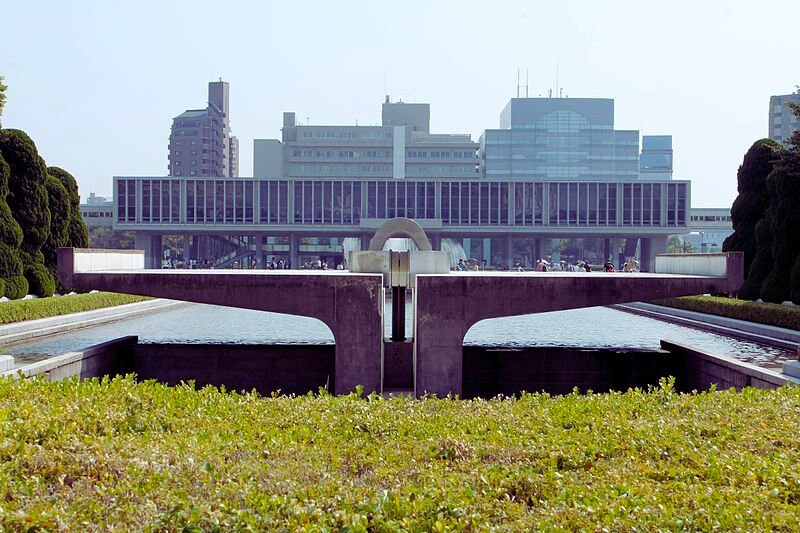
Hiroshima today stands as a powerful symbol of peace and resilience. Central to this identity is the Hiroshima Peace Memorial Museum and the Genbaku Dome. The Hiroshima Peace Memorial Museum, located on the site where the atomic bomb was dropped on August 6, 1945, aims to communicate the reality of the damage caused by the atomic bomb and advocate for peace and the elimination of nuclear weapons. The museum offers exhibits that describe Hiroshima before and after the bombing, along with the current status of the nuclear age.
Adjacent to the museum is the Hiroshima Peace Memorial (Genbaku Dome), the only structure left standing in the area where the first atomic bomb exploded. It serves as a stark reminder of the destruction of nuclear warfare and a symbol of hope for world peace. Together, these sites underscore the significant impact of the atomic bombings on Hiroshima and the broader implications for global peace and security. They attract visitors from around the world, serving as poignant reminders of the past and advocates for a peaceful future.
Hiroshima’s Message to the World
Hiroshima, through its memorials and persistent peace advocacy, communicates a profound message to the world. The Hiroshima Peace Memorial (Genbaku Dome) stands as a stark reminder of the destructive power humanity holds, yet it also symbolizes hope for world peace. The city, once synonymous with unimaginable devastation, now embodies reconciliation, reconstruction, and the urgent plea for a nuclear weapons-free world.
Through various initiatives, such as hosting the ‘World Peace Concert “HIROSHIMA”’ and maintaining the Hiroshima Peace Memorial Museum, Hiroshima sends its peace message globally. The museum, with its exhibitions and the “PEACE MAIL” project, educates visitors about the impacts of nuclear warfare and advocates for peace. The Flame of Peace, designed by Kenzo Tange, further symbolizes the city’s unwavering commitment to peace.
Over the years, Hiroshima has transformed its dark history into a beacon of hope and peace, striving to ensure that the horrors of nuclear war are never repeated. It champions prosperity through peace and has built a society focused on these ideals.
Conclusion
Choosing Hiroshima as the site for the atomic bombing was a decision that changed the world. It was influenced by a complex mix of strategic, technical, and ethical factors. Today, Hiroshima stands not as a symbol of war, but as a testament to peace and the human spirit’s resilience.
Read also: What is a Benchmark? An In-depth Exploration
